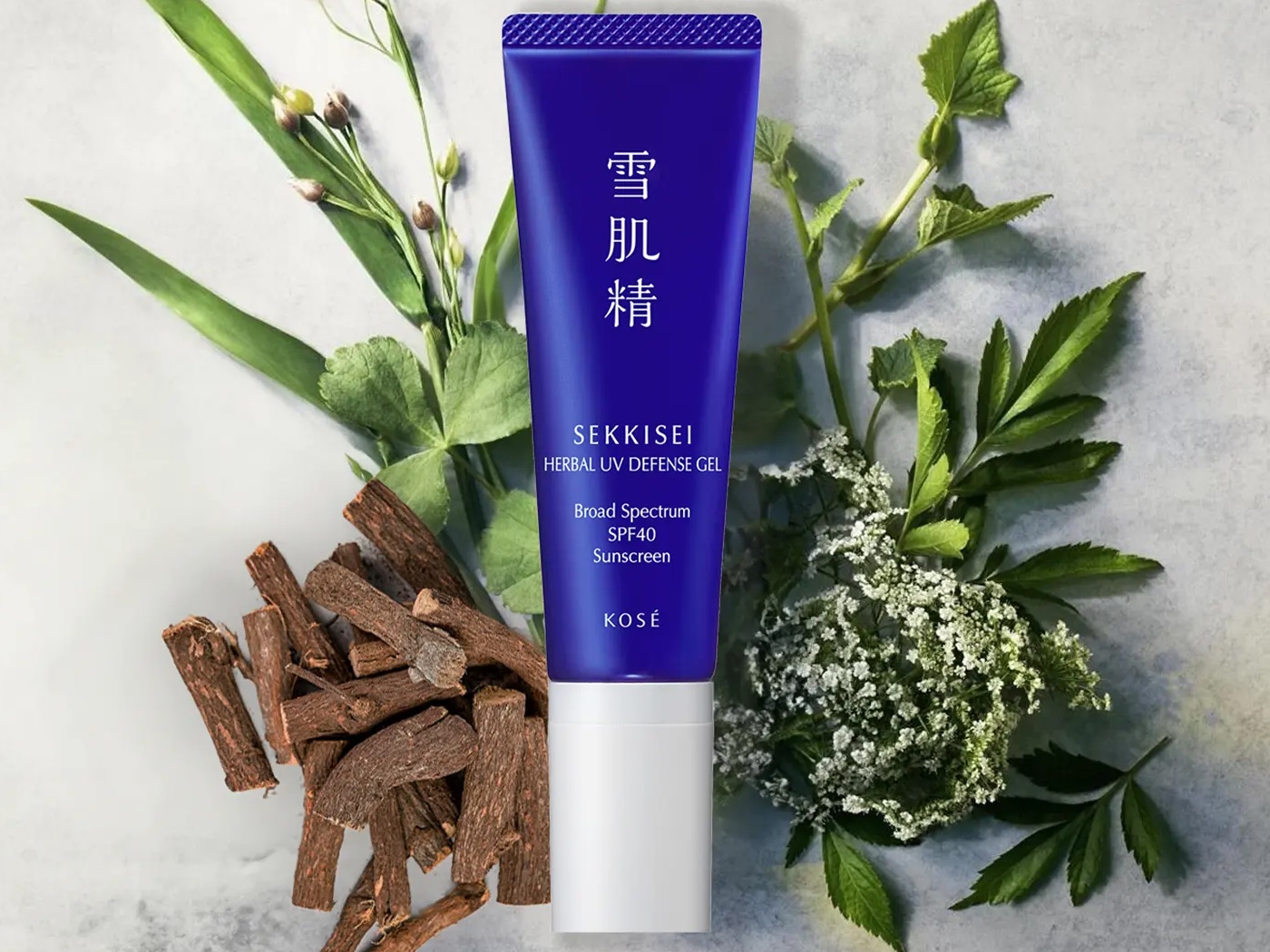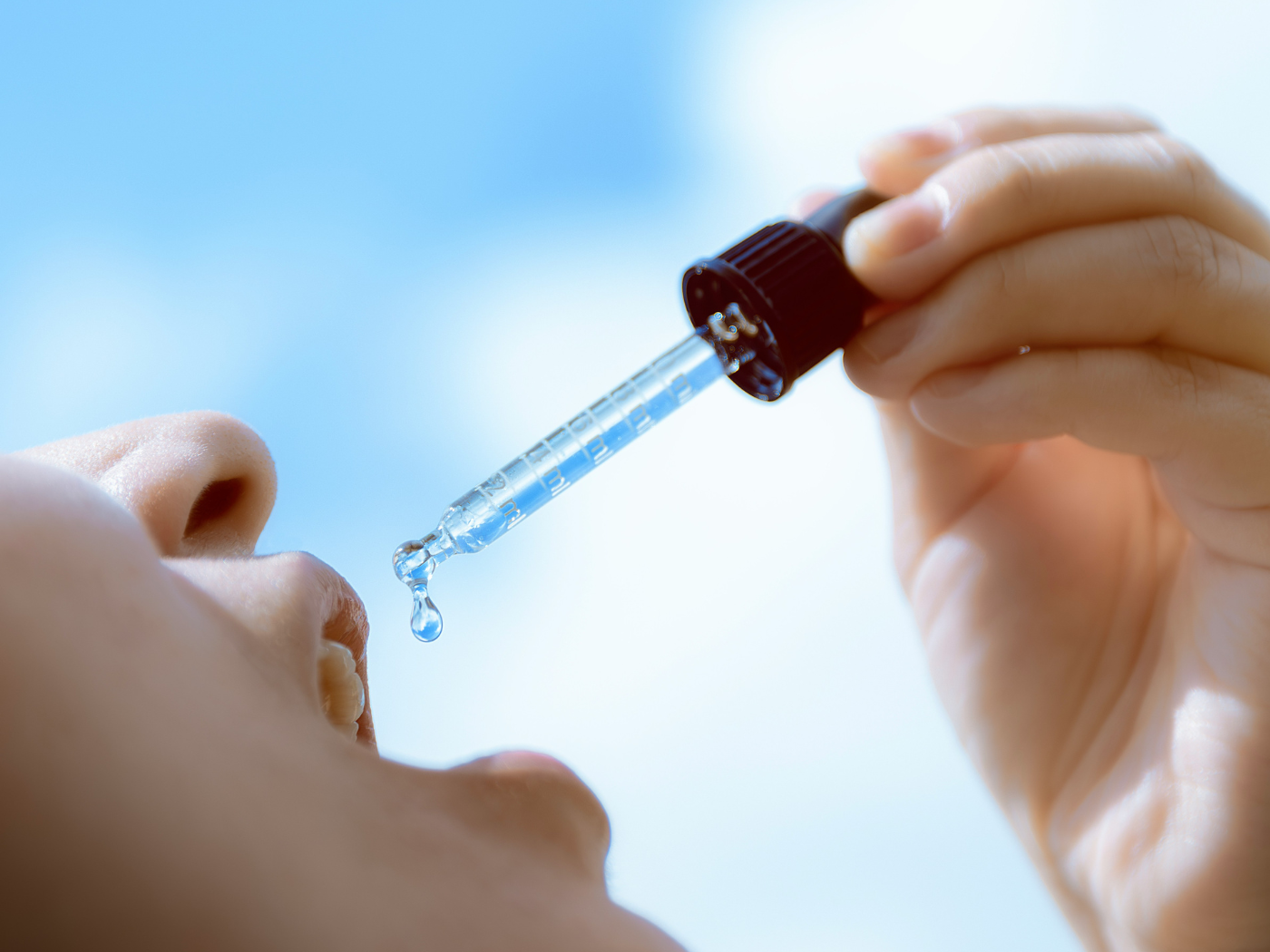L’Oréal posted sales decreases of 4.3 percent to $7.8 billion on a reported basis for the time period ended March 31; sales dipped 4.8 percent on a like-for-like basis.
“In a situation marked by the expansion of the COVID-19 pandemic, which first appeared in China and has spread to the rest of the world … the first quarter of 2020 has seen a decline in the cosmetics market of around 8 percent. In these difficult circumstances, L’Oréal has succeeded in outperforming the market,” said L’Oréal Chairman and CEO, Jean-Paul Agon.
L’Oréal said it has maintained jobs and salaries for all of its employees worldwide. In the France region, L’Oréal said it will not furlough employees between now and the end of June. The company, Mr. Agon added, has introduced “very strict measures in terms of operational discipline, with a freeze on worldwide headcount, a freeze on travel, a reduction in non-essential spending and a thorough review of business drivers and investments.”
E-commerce, a key growth driver for the company, is up 52.6 percent, and now represents close to 20 percent of sales. “The current crisis has led to a strong acceleration of the digital transformation on which L’Oréal is particularly well positioned thanks to its strength in e-commerce and its expertise in digital media, content and services which enrich the consumer experience,” said Mr. Agon.
Performance by division varies.
The L’Oréal Luxe and Professional Products Divisions [PPD] were the hardest hit due to the closure of perfumeries, department stores and hair salons across the world. Sales within PPD were down 10.1 percent to $814.2 million. PPD saw growth come to a grinding halt in March. That said, Kérastase posted growth in the first quarter, thanks to the launch of its new anti-hair loss range, Genesis, and the recovery of business in the Asia zone, especially in China.
L’Oréal Luxe sales were down 8 percent to $2.6 billion. The category most affected by the crisis is makeup, while skin care and fragrances are proving more resilient, reflecting consumer demand for products linked to well-being and personal care. As a result, Kiehl’s, Lancôme and Helena Rubinstein are significantly outperforming the market. The division’s 2019 fragrance launches have maintained momentum, and have enabled the Giorgio Armani, Yves Saint Laurent and Ralph Lauren brands to resist well. In the first quarter, the division adapted to new market conditions by reshaping and reallocating its business drivers across its digital ecosystem. China is showing “clear and encouraging signs of a recovery in consumption,” the company said.
The Consumer Products Division, however, has seen a more moderate decline, largely because activity in mass market retail has maintained. Sales within this division were down 3.5 percent to $3.4 billion. The category most affected is makeup, resulting in a “clear, temporary slowdown” for Maybelline New York and NYX Professional Makeup, after a good start to the year. Facial skin care has also slowed, while facial cleansing, hygiene, hair care and above all home-use hair color are accelerating, to the benefit of Garnier in particular. The current situation is favorable to convenience store food retail, and is rapidly accelerating the transition to e-commerce, where the division recorded strong growth in the first quarter. The division has three major priorities. First, the maximization of e-commerce opportunities. Second, the adaptation of communication plans, namely social media. Third, the strengthening of action plans in categories where demand is accelerating.
The Active Cosmetics Division posted double-digit growth, with the pharmacy channel still open, and a portfolio of brands that appeals to the strong demand for health-related products. Sales in this division grew 11.8 percent to $910.9 million. The division is growing in all geographic zones. In Asia, double-digit growth is driven in particular by China, Japan and Australia. China has maintained a robust growth curve, despite the closure of department stores, thanks to the digital activation of brands and e-commerce, the division’s number-one distribution channel.
By region, the Western Europe zone saw sales decline by 7.7 percent like-for-like and by 7.9 percent on a reported basis. Italy, in particular, has been adversely affected, and over recent weeks Spain and the United Kingdom. Scandinavian countries, the Netherlands and Germany have been more resilient. The North America Zone is down 4.8 percent like-for-like and down 2.5 percent reported.
The Travel Retail market has fallen in all geographic zones following the progressive closure of airports and stores, and the standstill in air traffic.




